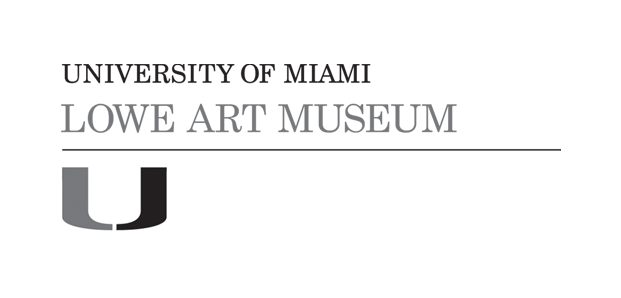Storage Vessel (Stamnos)
Artist/Maker
Artist Unknown
(Artist Unknown)
Date6th century BCE
CultureEtruscan
Mediumbronze
DimensionsOverall: 15 3/4 x 17 x 12 3/8 in. (40 x 43.2 x 31.4 cm)
ClassificationsContainers
Credit LineMuseum purchase through the 2001 Director's Circle, the Linnie E. Dalbeck Memorial Endowment Fund, the Thea Katzenstein Endowment Fund, the Mattie Lee McKey Fund and the Lowe Art Museum Acquisitions Fund
Terms
Object number2001.05
On View
On viewCollections













